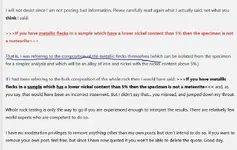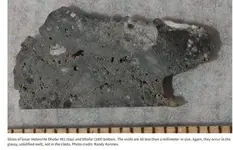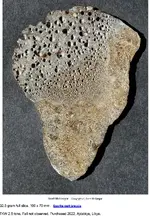artyfacts
Bronze Member
- Joined
- May 1, 2010
- Messages
- 1,166
- Reaction score
- 1,292
- Golden Thread
- 3
- Location
- South Jersey
- 🥇 Banner finds
- 3
- Detector(s) used
- Whites DFX, MX7, Minelab Manticore
- Primary Interest:
- All Treasure Hunting
- #21
Thread Owner
Oh I get it alright. It is easy for me to say that you are the only one complicating anything here on my thread, your nonsensical at best. Your bad advice wasn't asked for, but its evident you cannot help yourself. What a bunch of horse hockey you just fed me. Technicalities are not your strong point I see. The more you type the more transparent your red coat becomes, you are far from being an expert in this field. I suggest that you research more before typing to type. Not sure if your a troll or a baiter, I would think the later and a master at it. I'm sure your going to be throwing stones from your little glass room, good luck to you as your red coat becomes more transparent. When giving advice stay with your prescribed script of where to send, skip the technicalities at all costs. Have a cookie...You still don’t get it. Dr Korotev specifically says “bulk (whole rock) concentrations of nickel of 1.0-1.8%”
I don’t disagree with that, and your belief that I contradicted it is incorrect. Please read again (more carefully this time) what I originally said and how I responded to your incorrect interpretation of what I said.
In your opening post you said that you can see “bright metallic flakes and bright reflective metal”. If you can, then what I am trying to tell you is that those flakes of metal (not the bulk composition of the whole rock) will have a nickel concentration of at least 5% if the specimen is meteoritic.
It should be easy to isolate some of those flakes and it’s very straightforward for an analyst to test them for nickel content (only a few milligrams of material would be needed). As a first step, that would be a simple way of determining whether more extensive testing is warranted.
In any case, as I said, the simplest and quickest way of determining whether your rock is meteoritic would be to send a small sample to a laboratory specialising in meteoritics such as NEMS. No interpretation of results needed. They will give you a definitive answer in a way that the more complex bulk analyses you have commissioned will not, without interpretation from a true expert in meteoritics.
Last edited:





